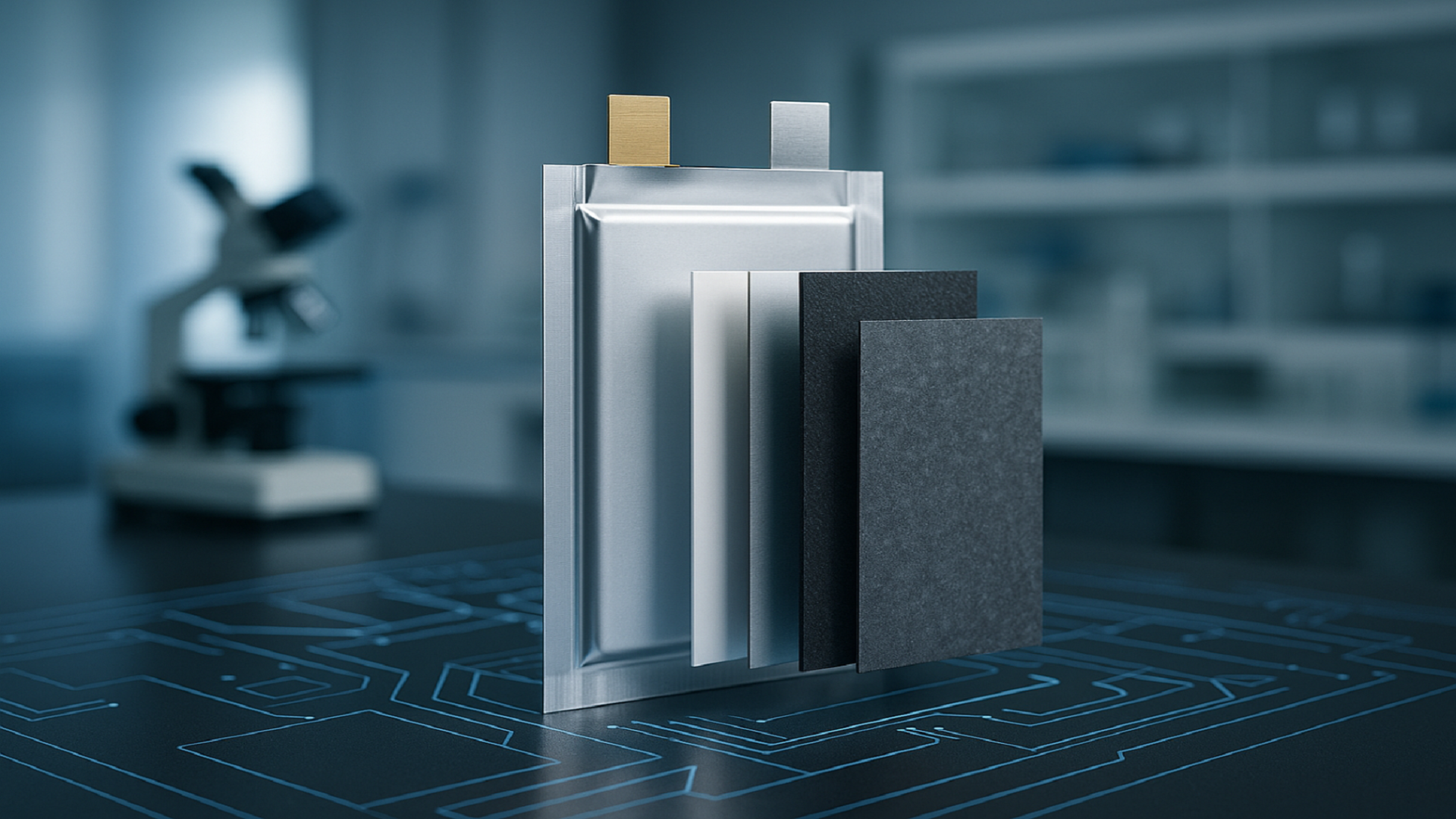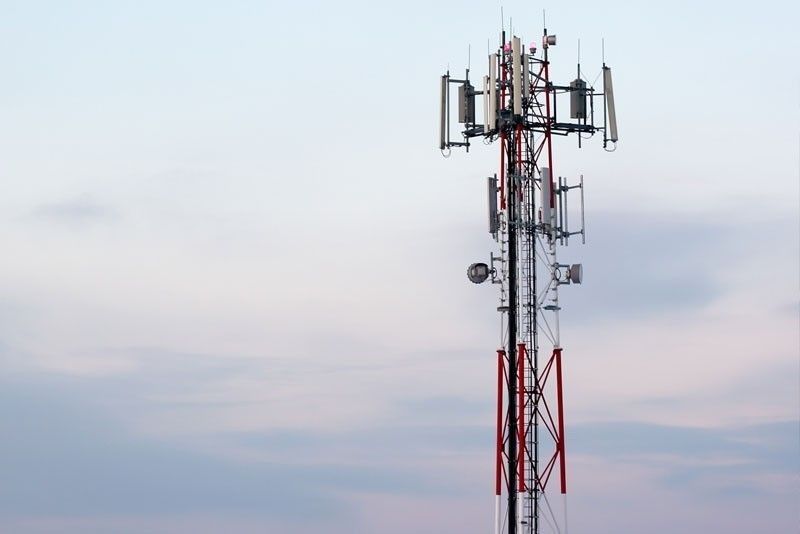Copyright Interesting Engineering

Researchers in Germany have recently unveiled a new lithium-sulfur (Li-S) solid-state EV battery that could pave the way for lighter, safer and far more energy-efficient storage systems. The new technology, which was created by scientists at the Fraunhofer Institute for Material and Beam Technology IWS in Dresden, is being developed through two complementary projects. Funded by the German Federal Ministry of Research, Technology and Space the first project is called AnSiLiS. The second, TALISSMAN, is backed by the European Union’s Horizon Europe program. Designed to overcome the challenges that have prevented lithium-sulfur batteries from reaching commercial viability, the concept could finally help the technology compete with conventional lithium-ion (Li-ion) ones. “The project aims to develop a solid-state lithium-sulfur cell that provides comparable energy while weighing significantly less than current batteries,” the institute reported. Solid-state Li-S batteries Lithium-sulfur batteries are often hailed as a potential successor to conventional lithium-ion technology. They promise energy densities up to twice as high, using sulfur, which is an abundant, inexpensive material, as the cathode. Still, traditional liquid electrolytes used in these batteries tend to form byproducts called soluble polysulfides. These can cause material losses and accelerated cycle stability degradation. To solve the challenge, the team created a solid-state lithium-sulfur battery that replaces most of the liquid electrolyte with solid materials. The makes batteries safer, more stable and more energy-dense. Early lab tests showed it can reach specific energy densities exceeding 600 watt-hours per kilogram (Wh/kg). The AnSiLiS and TALISSMAN projects developing the battery link core chemistry research with large-scale industrial testing. In AnSiLiS, scientists are creating a sulfur-carbon composite cathode paired with a thin lithium-metal anode and a hybrid electrolyte. In contrast, the TALISSMAN initiative focuses on scaling and industrial feasibility. The team is designing cells for electric mobility applications with target energy densities up to 550 Wh/kg and production costs below USD 86 (EUR 75) per kWh. “Energy densities above 600 watt-hours per kilogram and specific costs below EUR 75 per kilowatt-hour are within reach,” the scientists said. Lighter, safer EV batteries The new design uses Fraunhofer’s DRYtraec technology, which is a solvent-free coating method that creates stable electrode films without the need for energy-intensive drying. The method can cut production energy use by up to 30 percent and significantly lower CO2 emissions. It’s also scalable for industrial roll-to-roll processing, giving manufacturers a practical route to mass production. According to the researchers, the cell architecture is also compatible with existing lithium-ion battery production lines, thus allowing faster adoption by industry. All prototype development and testing take place at the institute’s Advanced Battery Technology Center (ABTC) in Dresden. The facility integrates material design, electrode coating, laser cutting, stacking and performance testing at one site. The team hopes the new battery could power next-generation aircraft, drones, and portable devices. “Aviation, unmanned aerial systems, and portable energy storage systems demand excellent energy-to-weight ratios,” they explained in a press release.



